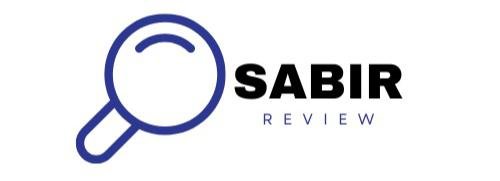
Introduction
- Highlight the importance of effective teaching in shaping the future.
- Briefly discuss the challenges educators face today, including diverse classrooms, technological advancements, and shifting student needs.
- Overview of what the guide will cover: strategies, classroom management, tools, and actionable techniques.
1. Understanding the Foundations of Effective Teaching
Key Principles:
- Student-centered learning: Making the classroom more interactive and personalized.
- Setting clear objectives: Aligning lessons with measurable outcomes.
- Active learning: Encouraging students to engage with material through discussions, projects, and hands-on activities.
Benefits of Effective Teaching:
- Improves student engagement and motivation.
- Builds critical thinking and problem-solving skills.
- Prepares students for real-world challenges.
2. Proven Teaching Strategies for Success
a) Differentiated Instruction
- Adapting lessons to accommodate diverse learning styles (visual, auditory, kinesthetic).
- Using formative assessments to identify and address individual student needs.
b) Collaborative Learning
- Encouraging group projects and peer-to-peer learning.
- Benefits of cooperative learning for fostering teamwork and communication skills.
c) Flipped Classroom Approach
- Using videos or pre-recorded lectures for at-home learning and dedicating class time to interactive activities.
- Tools for creating engaging flipped classroom content.
3. Techniques to Enhance Classroom Management
a) Setting Clear Expectations
- Establishing rules and routines early.
- The importance of consistent enforcement.
b) Positive Reinforcement
- Encouraging desired behavior through rewards and recognition.
- Examples of effective reward systems for various age groups.
c) Conflict Resolution
- Techniques for managing disagreements and maintaining a positive classroom environment.
- Active listening and problem-solving approaches.
4. Leveraging Technology in the Classroom
a) Tools for Teachers
- Top platforms for lesson planning (e.g., Google Classroom, Canva for Education).
- Apps that boost engagement, such as Kahoot! and Nearpod.
b) Digital Resources for Students
- Online learning platforms like Khan Academy and Quizlet.
- Advantages of gamified learning experiences.
c) Hybrid and Online Teaching
- Strategies for creating effective online lessons.
- Tips for maintaining student engagement in virtual settings.
5. Tips for Continuous Professional Development
a) Networking with Other Educators
- The value of professional learning communities and online forums.
- Attending workshops and educational conferences.
b) Staying Updated on Trends
- Subscribing to education blogs and journals.
- Examples of trending topics like AI in education and competency-based learning.
c) Reflective Teaching
- Regularly assessing your methods to identify areas for improvement.
- Using student feedback to refine your approach.
6. Engaging Students Through Creative Lesson Plans
a) Integrating Real-World Examples
- Using current events, local issues, or practical applications in lessons.
- Case studies that connect theory to practice.
b) Encouraging Critical Thinking
- Designing open-ended questions and challenges.
- Socratic questioning techniques to deepen understanding.
c) Making Learning Fun
- Gamification ideas, such as classroom quizzes or scavenger hunts.
- Incorporating art, music, and storytelling into lessons.
7. Overcoming Common Challenges in Teaching
a) Addressing Student Disengagement
- Identifying reasons for lack of interest.
- Strategies to re-engage bored or distracted students.
b) Managing Large Class Sizes
- Tips for creating an inclusive environment when resources are limited.
- Utilizing peer mentors and group activities effectively.
c) Adapting to Change
- Flexibility in the face of curriculum changes or unforeseen disruptions (e.g., COVID-19 adaptations).
Conclusion
Teaching is more than just imparting knowledge; it’s about inspiring curiosity, fostering growth, and equipping students with the tools they need to succeed in an ever-changing world. By mastering effective strategies, adopting innovative techniques, and leveraging modern tools, educators can create classrooms that are both engaging and impactful.
The journey to becoming a great teacher is continuous. It involves reflection, adaptation, and a willingness to embrace new ideas. As you implement the strategies and tools outlined in this guide, remember that every step you take toward improving your teaching has a profound impact on your students’ lives and futures.
In the face of challenges like diverse classrooms, technological advancements, and shifting educational needs, the role of the teacher remains pivotal. Your efforts shape not only the minds of your students but also the communities and societies they will contribute to in the future.
Stay committed to learning, be open to innovation, and never underestimate the power of your influence. Together, let’s build a brighter, more educated world—one classroom at a time.
